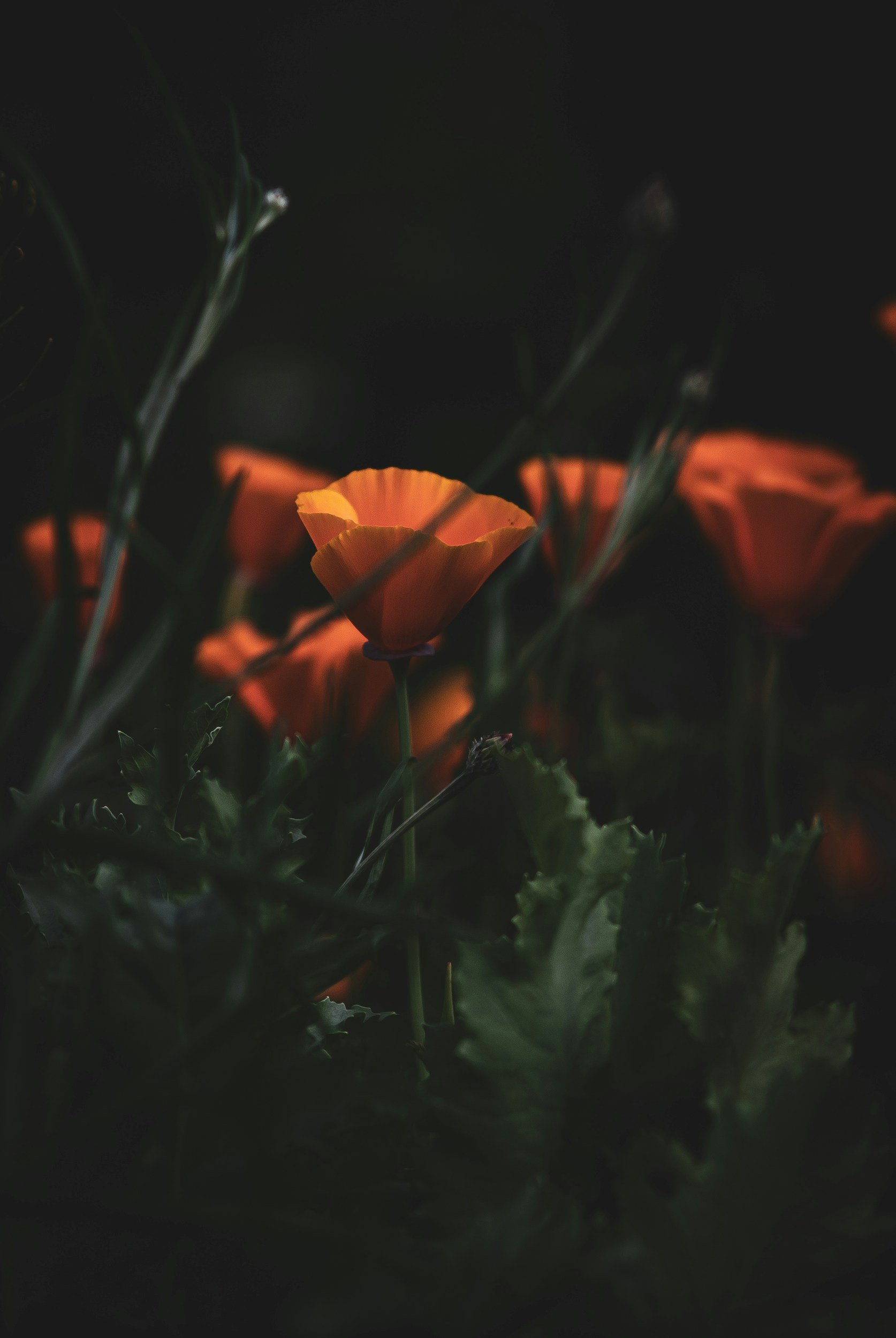
Californian Poppy
Californian Poppy (Eschscholzia californica)
Plant family
Papaveraceae.
Other names
Golden poppy.
Parts used:
Aerial parts
Radix (root)
Typical forms of prescription
Tinctures
Teas.
Eschscholzia californica (California Poppy) - Clinical Snapshot
Primary Actions
Analgesic
Sedative
Hypnotic
Anxiolytic
Antispasmodic
Neurotonic
Primary Indications
Insomnia
Nervous tension/exhaustion
Anxiety
⚠️ Cautions / Safety⚠️
Avoid in pregnancy, oxytocic effect
Avoid combining with sedative medications unless professionally supervised
Avoid driving/operating machinery
Flavonoids
Action: Antioxidant, anti-inflammatory, vascular support.
Use: Flavonoids help buffer oxidative stress, calm inflammation, and support the integrity of blood vessels and nervous tissue, they synergise with the alkaloids for overall calming and protective effects.
Eschscholzia californica
Phytochemistry and Pharmacology
Alkaloids (e.g., Protopine, Allocryptopine)
Action: Sedative, anxiolytic, antispasmodic, mild analgesic.
Use: These alkaloids work on the central nervous system to gently relax tension, calm anxiety, ease pain, and promote sleep. Unlike opium poppy (Papaver somniferum), California poppy is non-addictive and safe for long-term use in appropriate doses.
Carotenoids
Action: Antioxidant, tissue-protective, immune-modulating.
Use: Carotenoids give California poppy its vivid yellow-orange colour and help protect nervous and epithelial tissues from oxidative damage.
Traditional use
California poppy is a Native North American herb traditionally used by Indigenous peoples as a mild sedative, pain reliever, and sleep aid. Often blended with other calming plants, it was used to ease anxiety, soothe children, and support restful sleep without causing grogginess. Though milder than its cousin the opium poppy (Papaver somniferum), it was still respected for its calming and non-addictive nature.
Clinical Description
In Western herbal medicine (WHM), Eschscholzia californica is a key herb for insomnia, especially where sleep is disturbed by overactive thoughts, emotional restlessness, or anxiety. It is especially effective for those who struggle to fall asleep due to mental chatter or nervous tension.
While gentle, it also acts as a mild analgesic and muscle relaxant, making it a useful addition to pain and tension formulas, including those for IBS, dysmenorrhoea, or headaches linked to stress. It can be used during the day for anxiety, with a typical pattern of initial drowsiness followed by a sense of calm focus and emotional ease, without sedative hangover or mental dulling.
California poppy is especially well-suited for sensitive individuals or children, and works well in combination with herbs like passionflower, valerian, or skullcap for deeper nervous system support.
Cultivation/Harvesting
California poppy is a hardy annual (and sometimes short-lived perennial in milder climates), easily grown from seed. It prefers full sun, light, well-drained soil, and dislikes transplanting. Sow directly into the soil or pots and avoid disturbing the roots after germination.
It is drought-tolerant and thrives in wildflower meadows, containers, or gravelly beds. Once established, it will often self-seed generously.
Harvest the aerial parts, including leaves, stems, and flowers, when the plant is in full bloom, usually during late spring through summer. Dry gently in a shaded, well-ventilated area to preserve its delicate alkaloids.
Key Botanical Features of Californian Poppy (Eschscholzia californica)
Growth
Growth Habit: Herbaceous, perennial (often grown annually), reaching 30–60 cm (12–24 inches) in height.
Stem: Slender, branching, and smooth, often bluish-green.
Leaves
Type: Basal and alternate along the stem.
Shape: Deeply divided, feathery, and finely dissected.
Colour: Blue-green, giving the plant a soft, silvery appearance.
Flowers
Type: Solitary, cup-shaped, and radially symmetrical.
Colour: Typically bright orange or yellow, but can also be red or cream.
Diameter: 5–7 cm (2–3 inches) wide.
Petals: Four, silky, and slightly overlapping.
Blooming Period: Spring to early summer, with sporadic blooms in warm conditions.
Pollination: Insect-pollinated (bees, butterflies).
Fruits & Seeds
Fruit Type: Capsule, slender and elongated (3–9 cm long), containing numerous small black or brown seeds.
Seed Dispersal: Explosive dehiscence, scattering seeds when dry.
Roots
Type: Taproot, deep and strong, allowing drought resistance.
Function: Aids in water retention and survival in dry habitats.
Habitat & Growth Conditions
Climate: Prefers Mediterranean and warm temperate regions.
Soil: Well-drained, sandy or loamy soil, often found in grasslands and open fields.
Sunlight: Requires full sun for optimal flowering.
Distribution: Native to California and the western United States, but widely cultivated as an ornamental plant.
Sustainability/Conservation
Currently, there is no sustainability concern; it is easily cultivated.
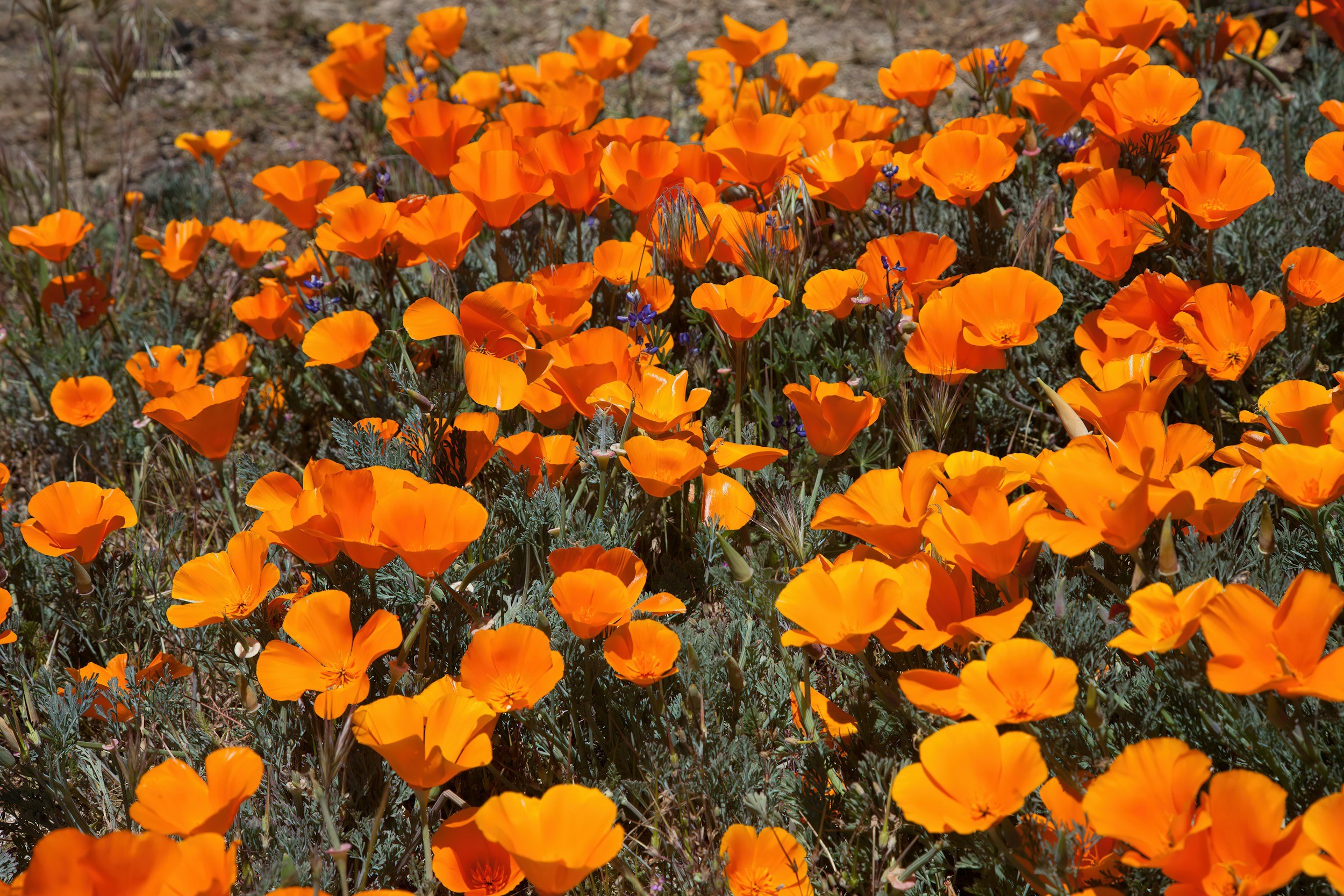
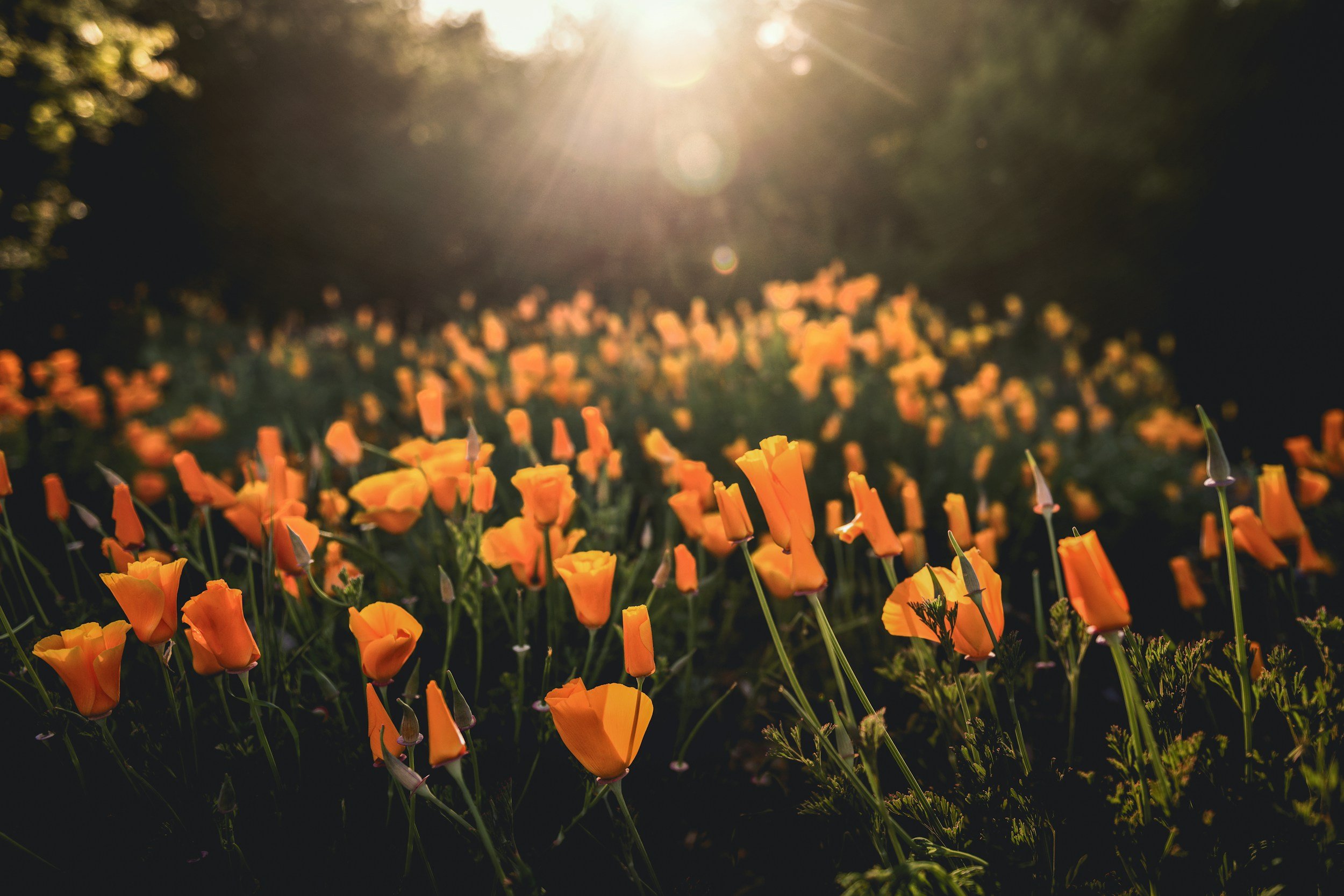
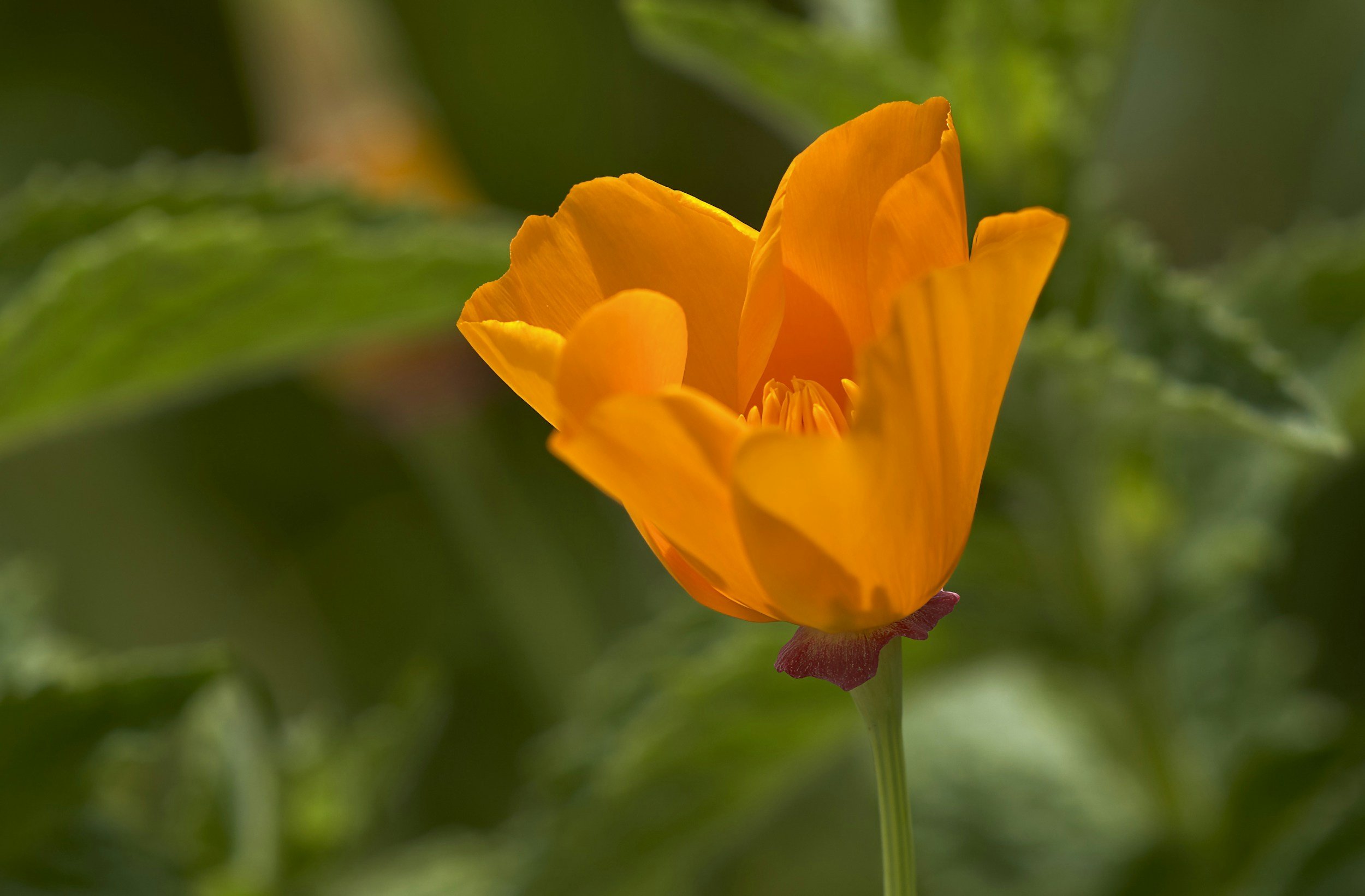
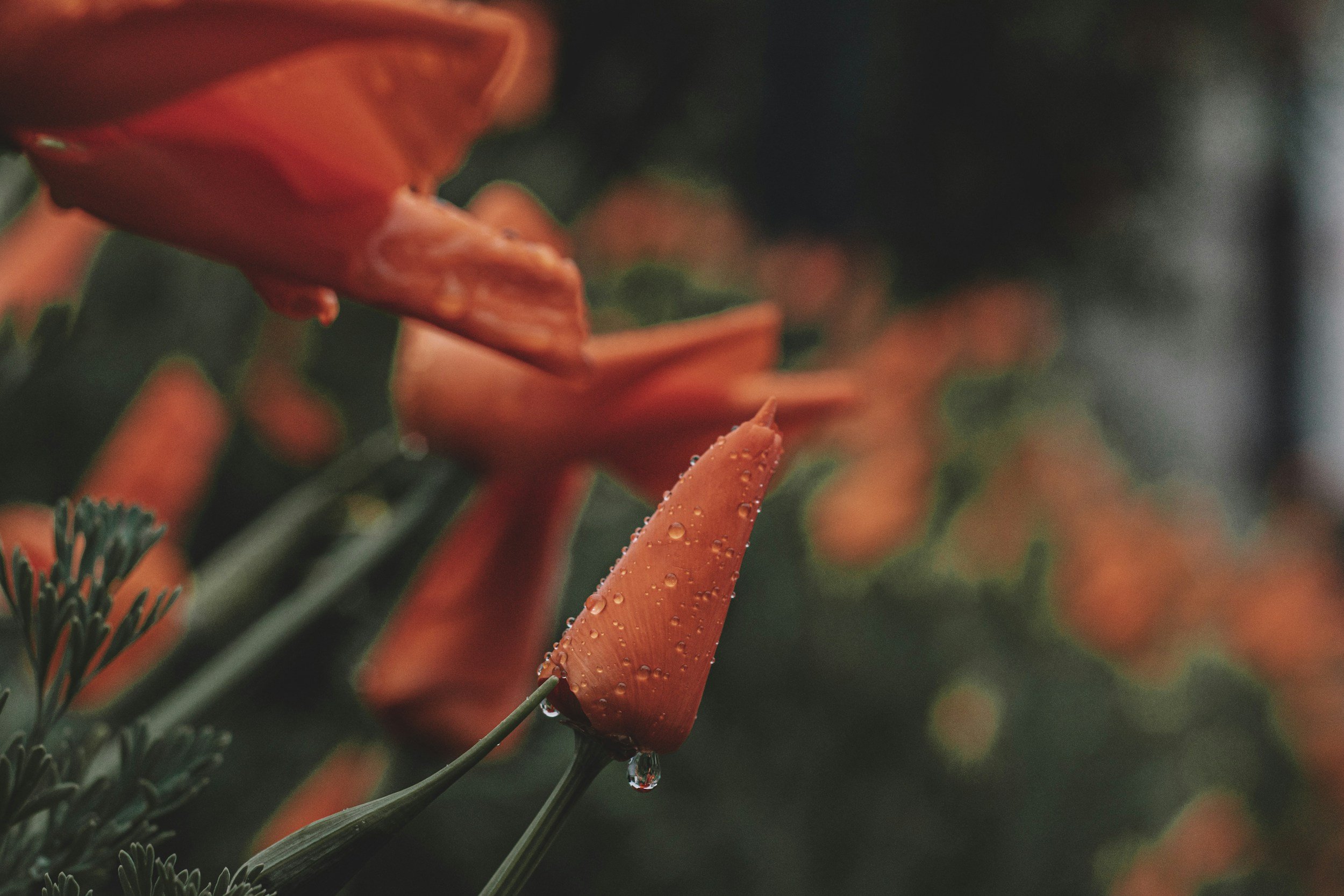
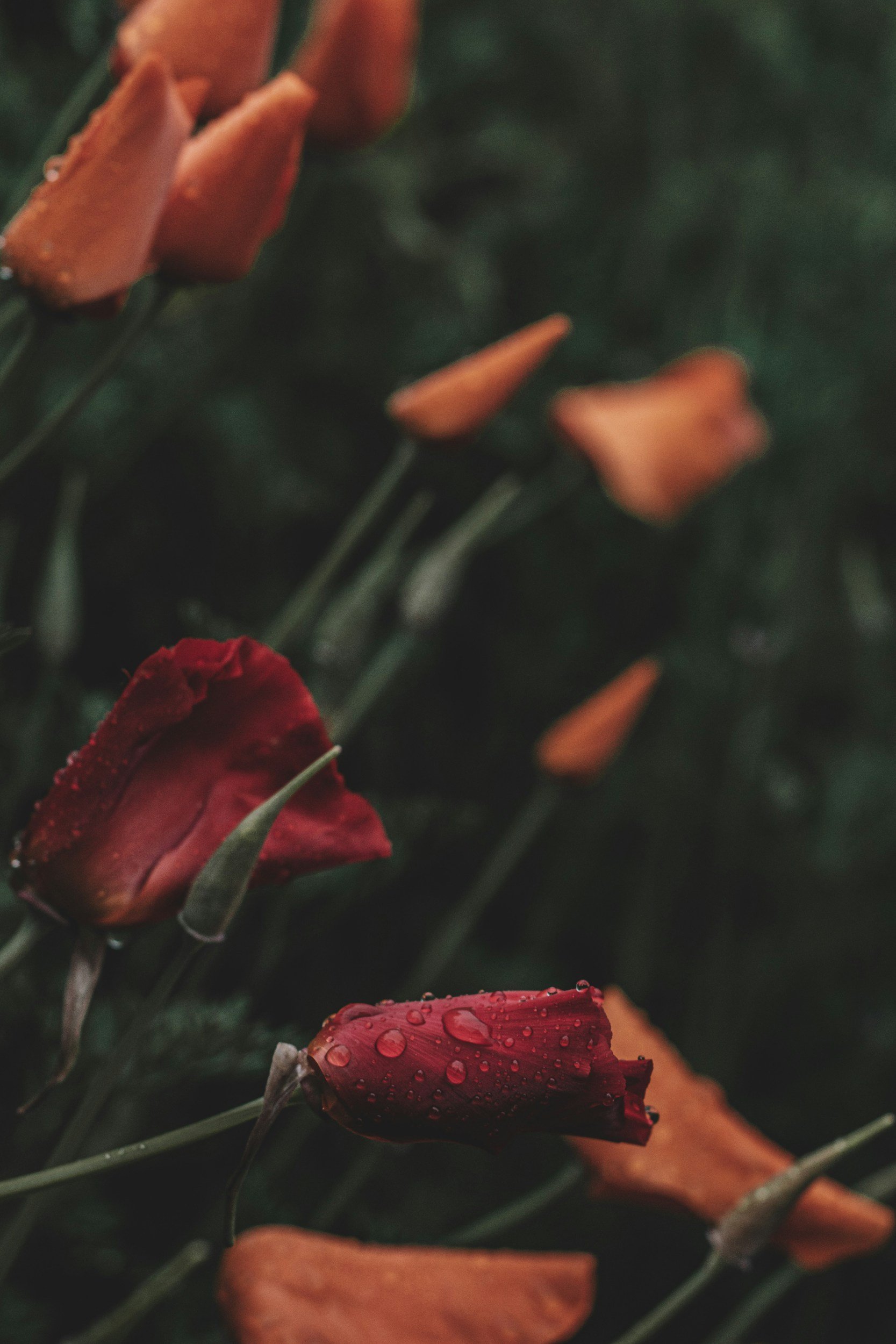
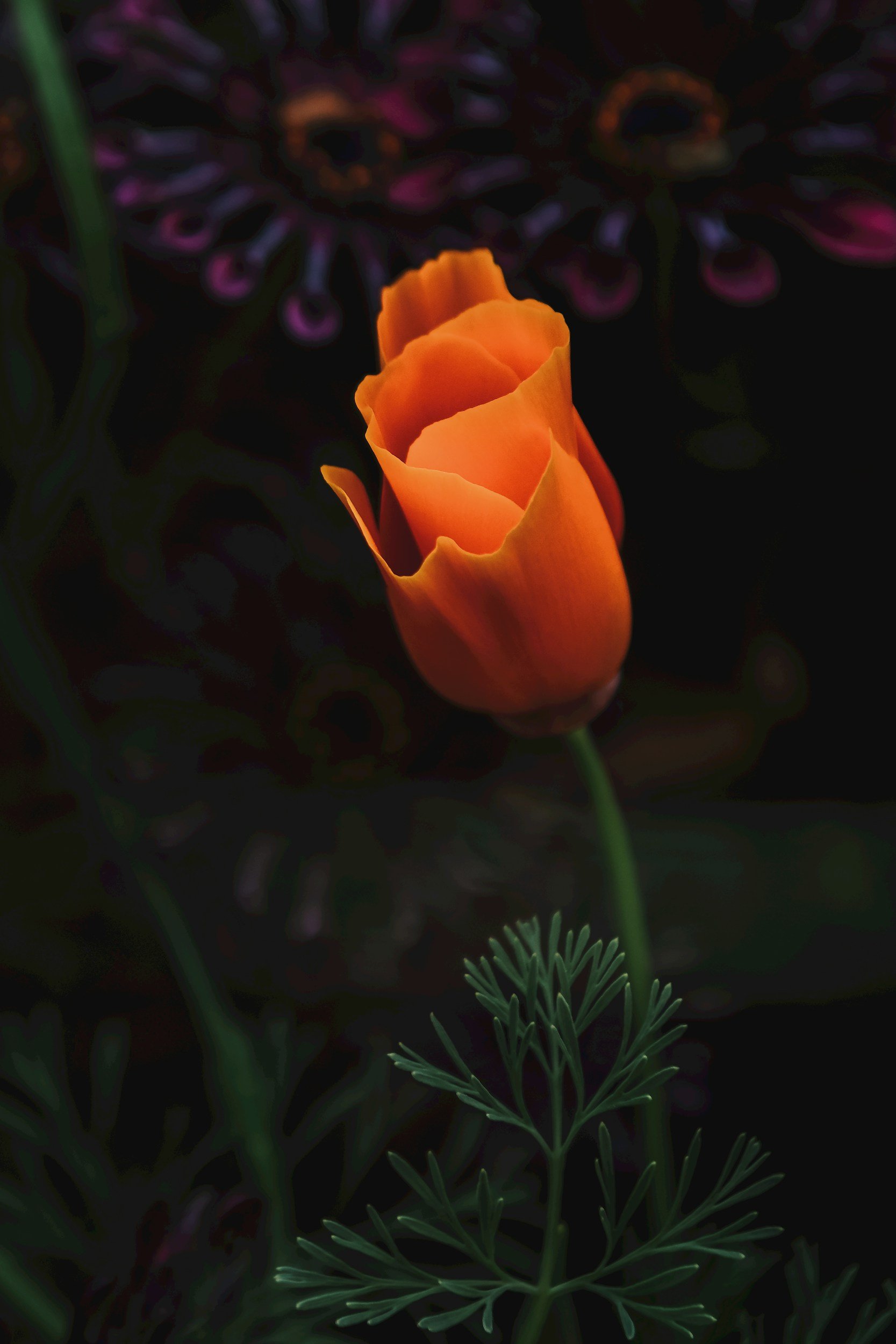

Sources
Bartram, T. (1998). Bartram’s Encyclopedia of Herbal Medicine. Constable.
Fisher, C. (2009). Materia Medica of Western Herbs, (2018 edition). Finchley Road, London. Aeon Books.
Hedley, C & Shaw, N. (2020). A herbal book of making and taking. Finchley Road, London. Aeon Books.
Hoffmann, D. (2003). Medical Herbalism: The Science and Practice of Herbal Medicine. Healing Arts Press.
McIntyre, A. (2019). The complete herbal tutor, revised and expanded edition. Finchley Road, London. Aeon Books.
Plants of the World Online | Kew Science. (n.d.). Plants of the World Online. https://powo.science.kew.org/
Disclaimer: This page is for educational purposes only. Consult a qualified medical herbalist before using herbs, especially during pregnancy, when trying to conceive, while breastfeeding, for medical conditions, or with children.
Read the full disclaimer → Medical Disclaimer.





